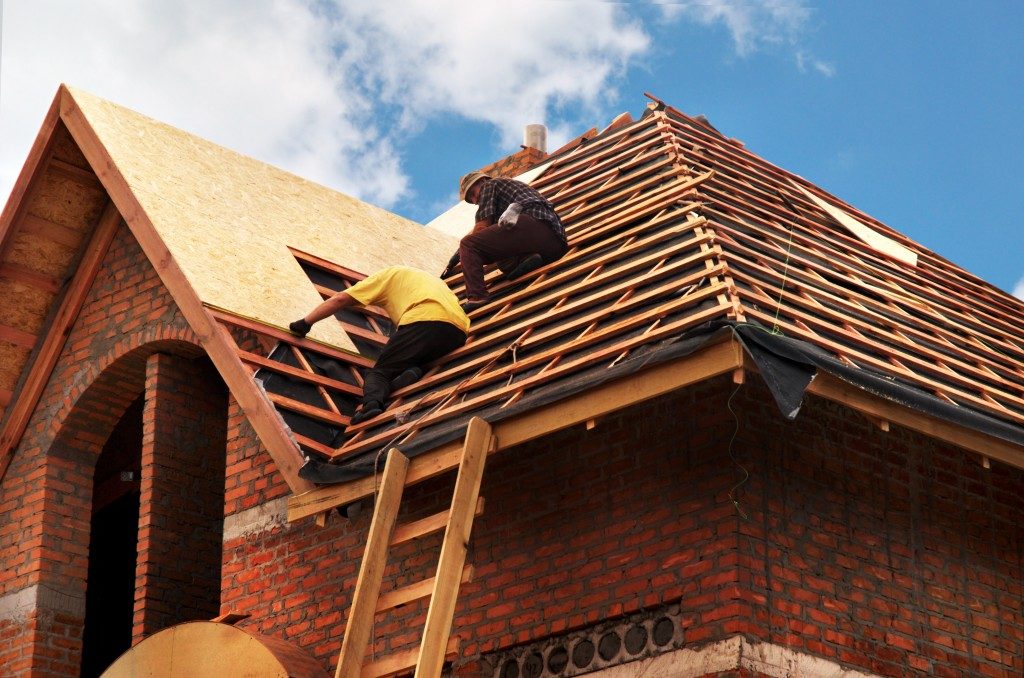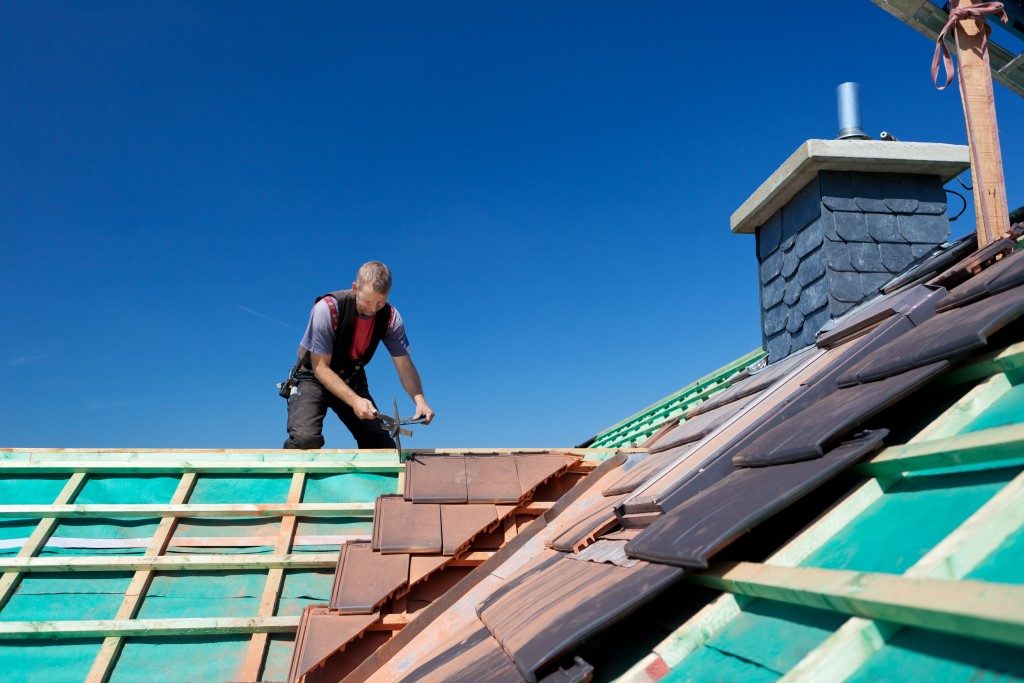Most people erroneously assume that fabric structures are weak shelter solutions designed only for short-term use. Fabric shelters are however among the leading options for long-term shelters. The fabric used in the structures is a strong and elastic one with very strong tensile strength. This fabric is then stretched over a rigid steel frame or open trusses to form your shelter.
When properly installed and with proper care, a fabric structure can last for up to twenty years. It can serve both commercial and residential properties as additional outdoor space. One of the elements you will focus on to guarantee the structure fits your property’s surroundings and needs is its design. The roof has the most significant impact on the structure’s look and functionality. Here are the roof types commonly used for fabric structures.
Saddle Roofs
With this roof design, the fabric is stretched between an alternating series of low and high points. The saddle roof forms a convex curve on one axis and a concave on the other. The roof has corner tripods and radial stay cables and frames for its support. A saddle roof is an excellent choice in areas with calm weather conditions. It offers abundant shelter space.
Mast-Supported Roofs
These are the most common ones for fabric structures. The roofs have a tent-like look and are supported by one primary mast in the centre and other masts along its perimeter for extra support. The fabric is attached to the poles using cable loops or bale rings. Mast-supported roofs are durable and can be used on stand-alone structures or those supported by other buildings.
Arch-Supported Roofs
These are generally seen on fabric structures used for farming ventures and campsites. The roof comprises curved compression members as its primary support and cross arches for lateral stability. Arch-supported roofs are durable, and the members give them strong structural support. There are different arch shapes you can pick, including parabolic and curved variations.

Pyramid Roofs
These make your fabric structure resemble a tee-pee. Your structure’s fabric is stretched over a centre pole. However, unlike mast-supported roofs, pyramid roofs have no supporting poles around their perimeter. They are simple to construct but are not ideal for structures meant to host a large number of people. The stability of a pyramid-roofed structure depends on how tightly the fabric is stretched.
Cable Net-Supported Roofs
These roofs feature a single-layered surface with two sets of closely-spaced anticlastic cables and an attached net that supports your structure’s fabrics. The extra support for your tent’s fabric makes this roof option the best choice for areas with extreme weather conditions. Cable net-supported roofs are also a good choice for people looking for an aesthetically pleasing structure.
Most people will base their selection of a structure solely on the fabric type and structural frames. The above roof options will, however, affect the space of your structure and how well it can withstand different elements. Therefore, it is essential to ensure that you pick one that meets your needs and your area’s conditions.



